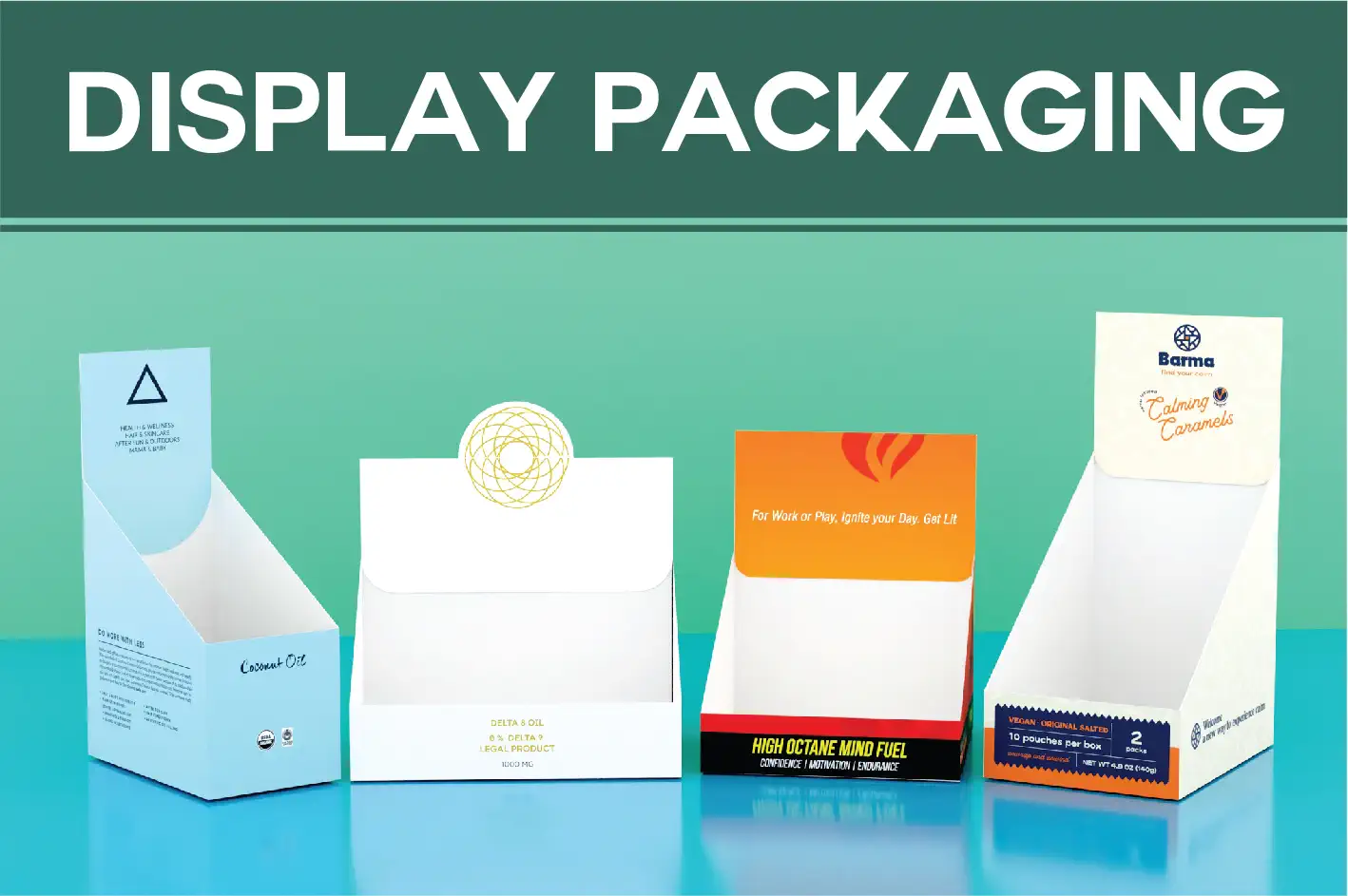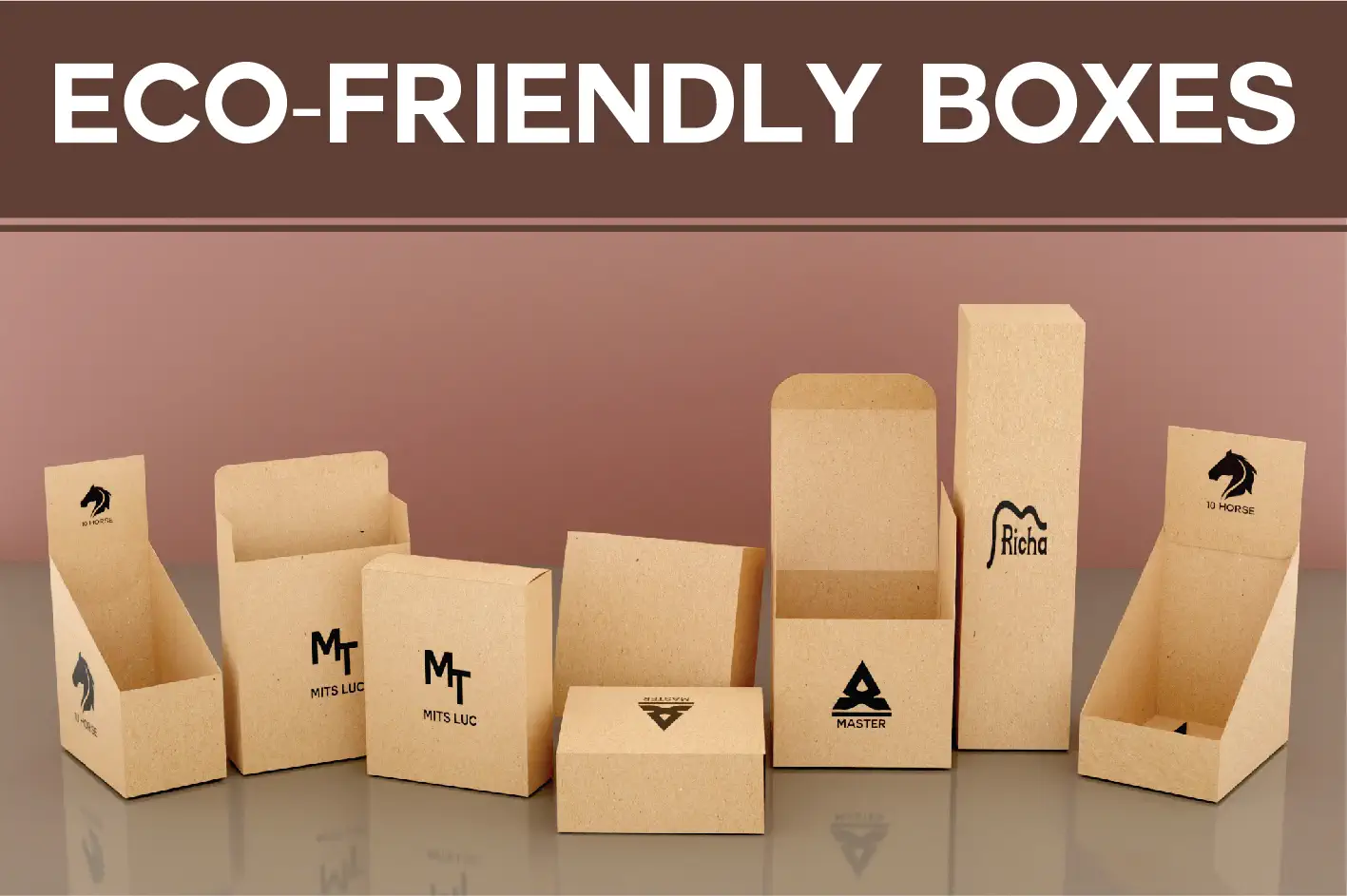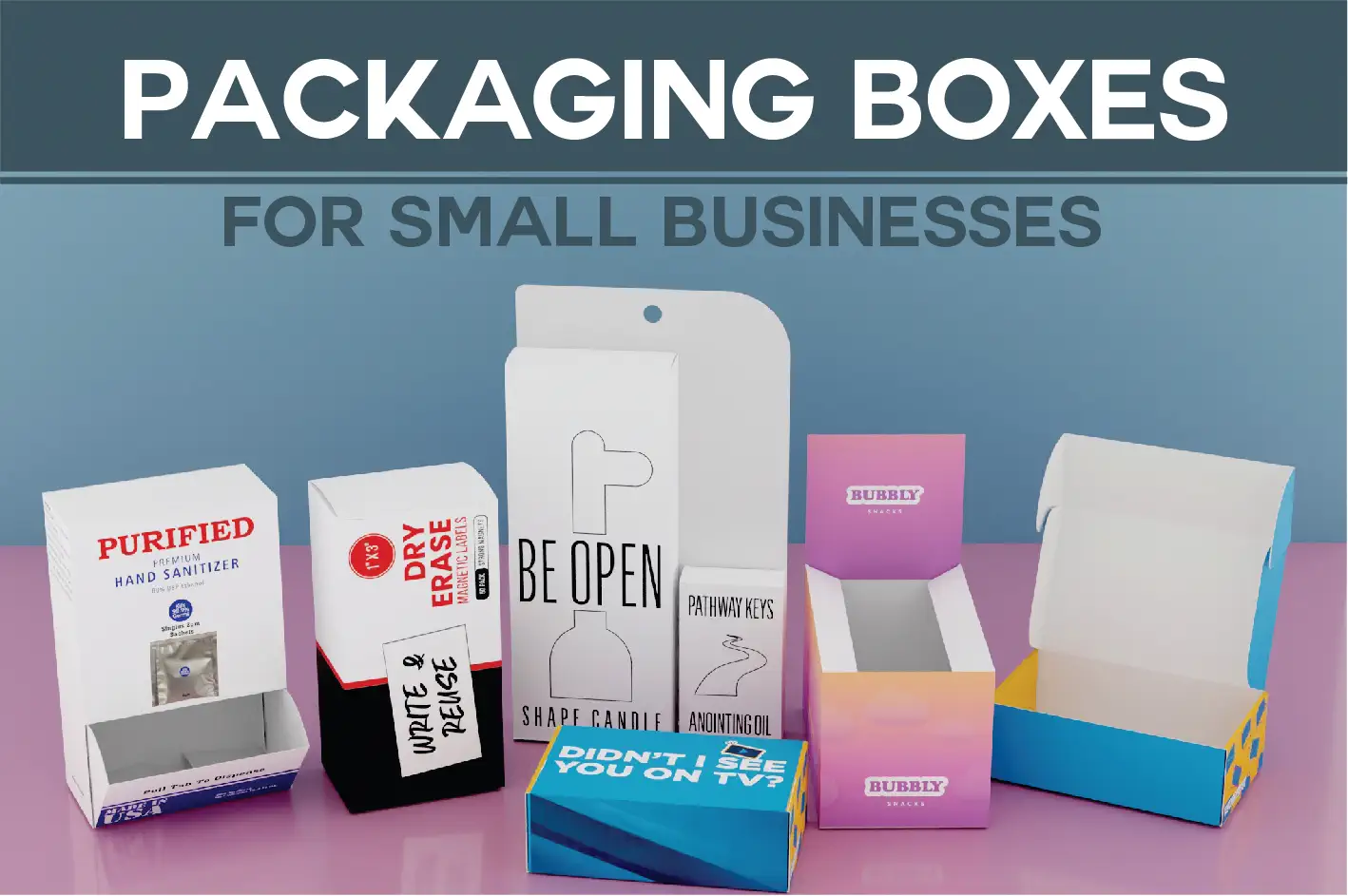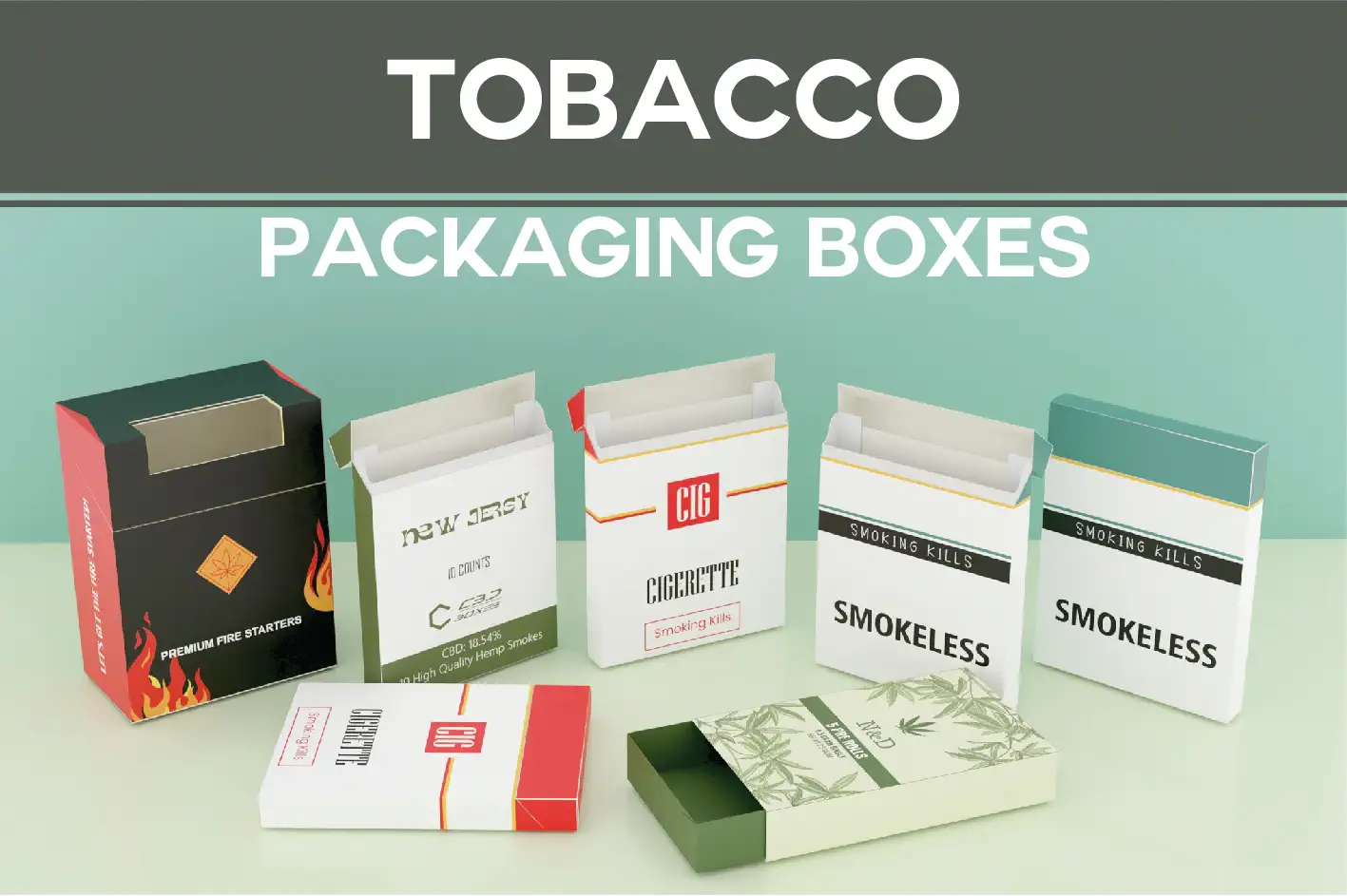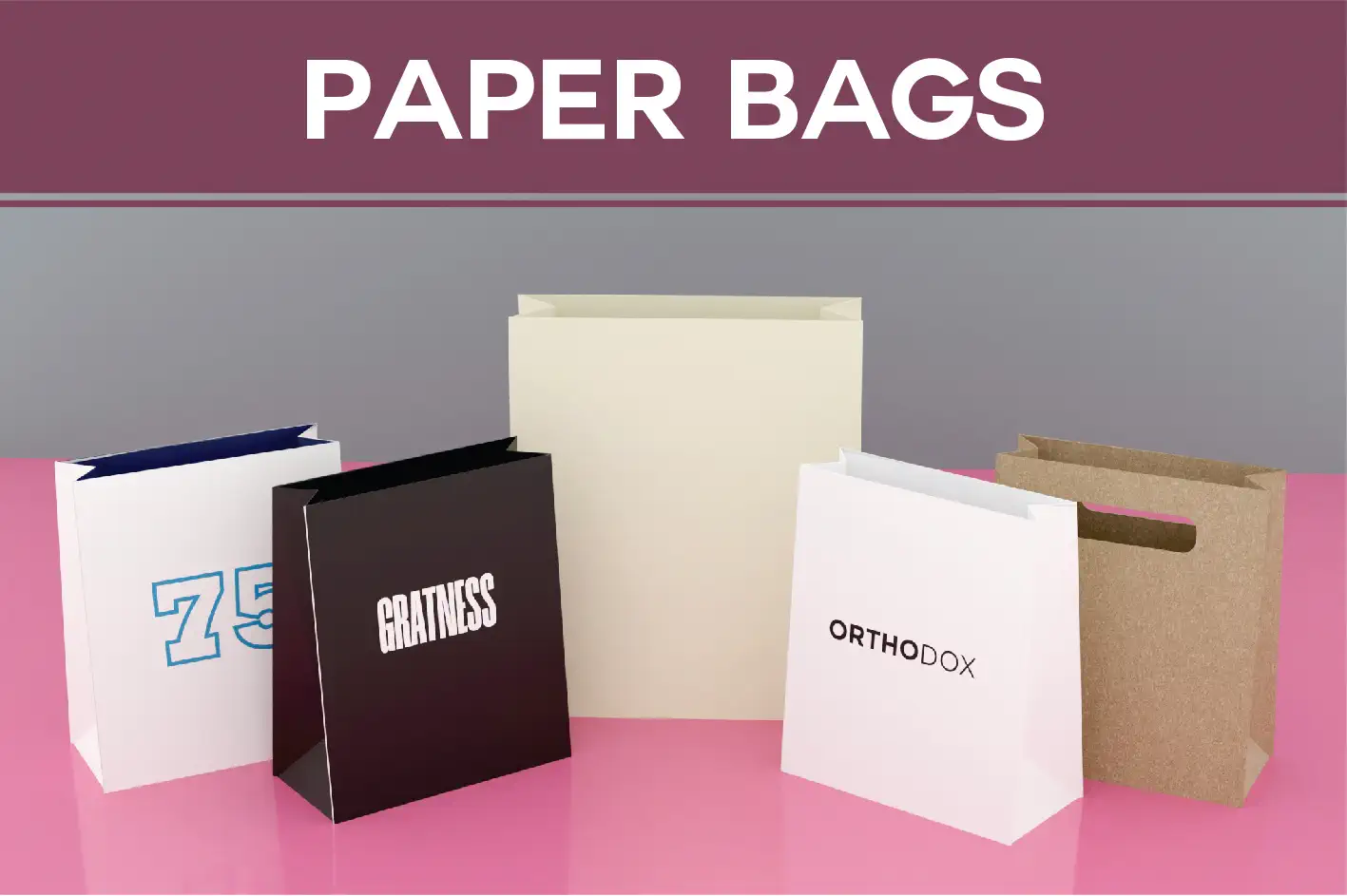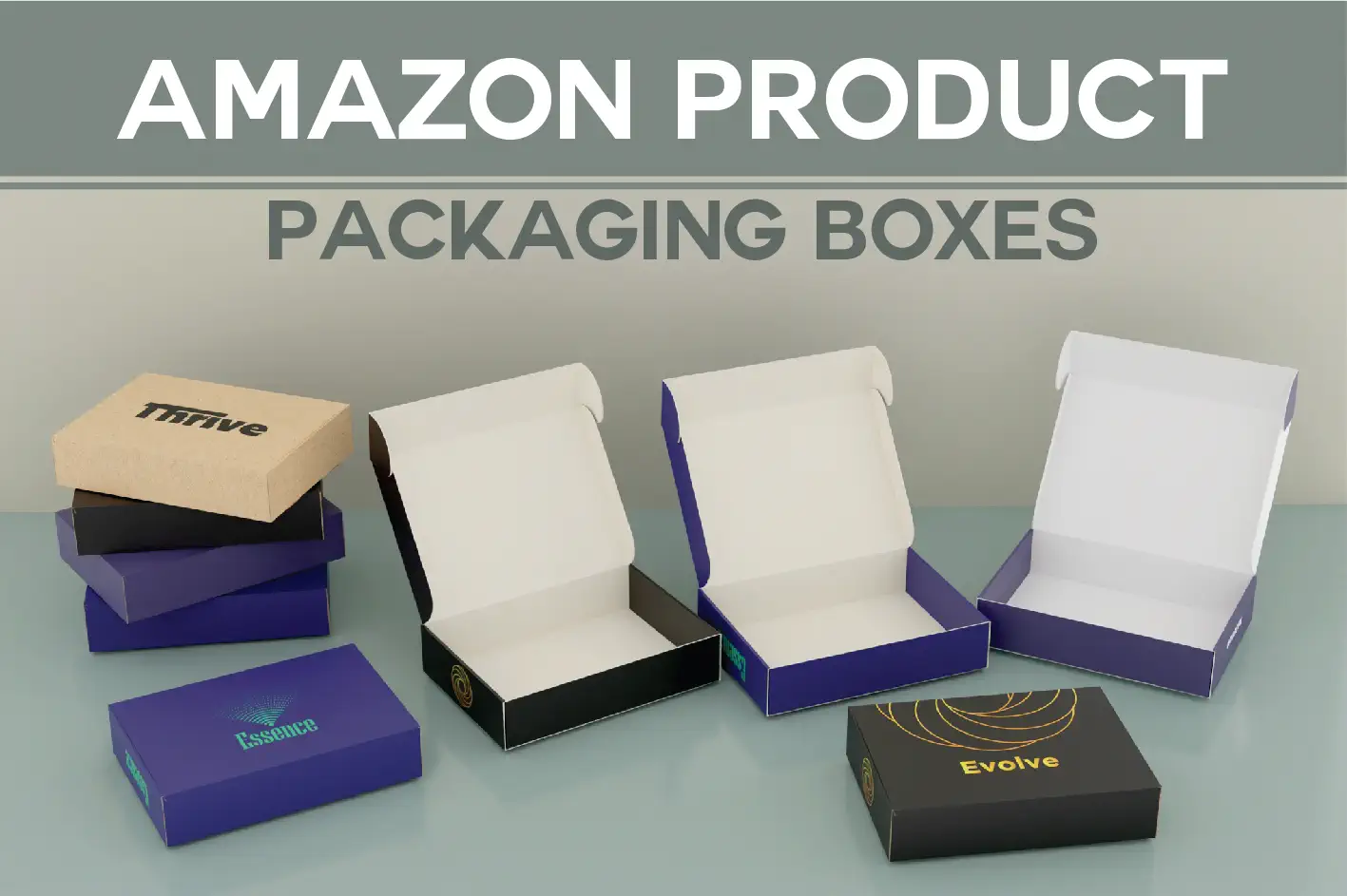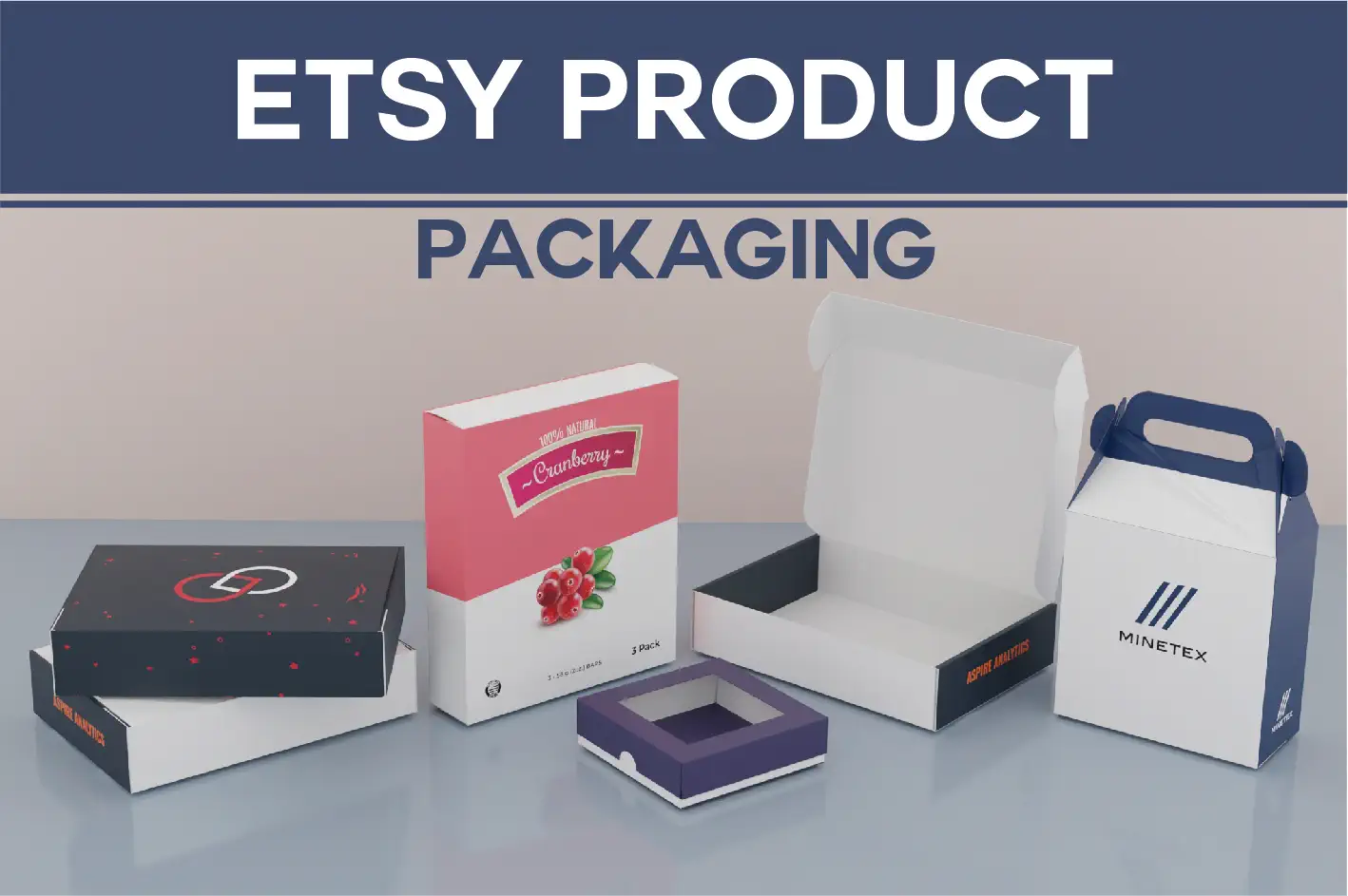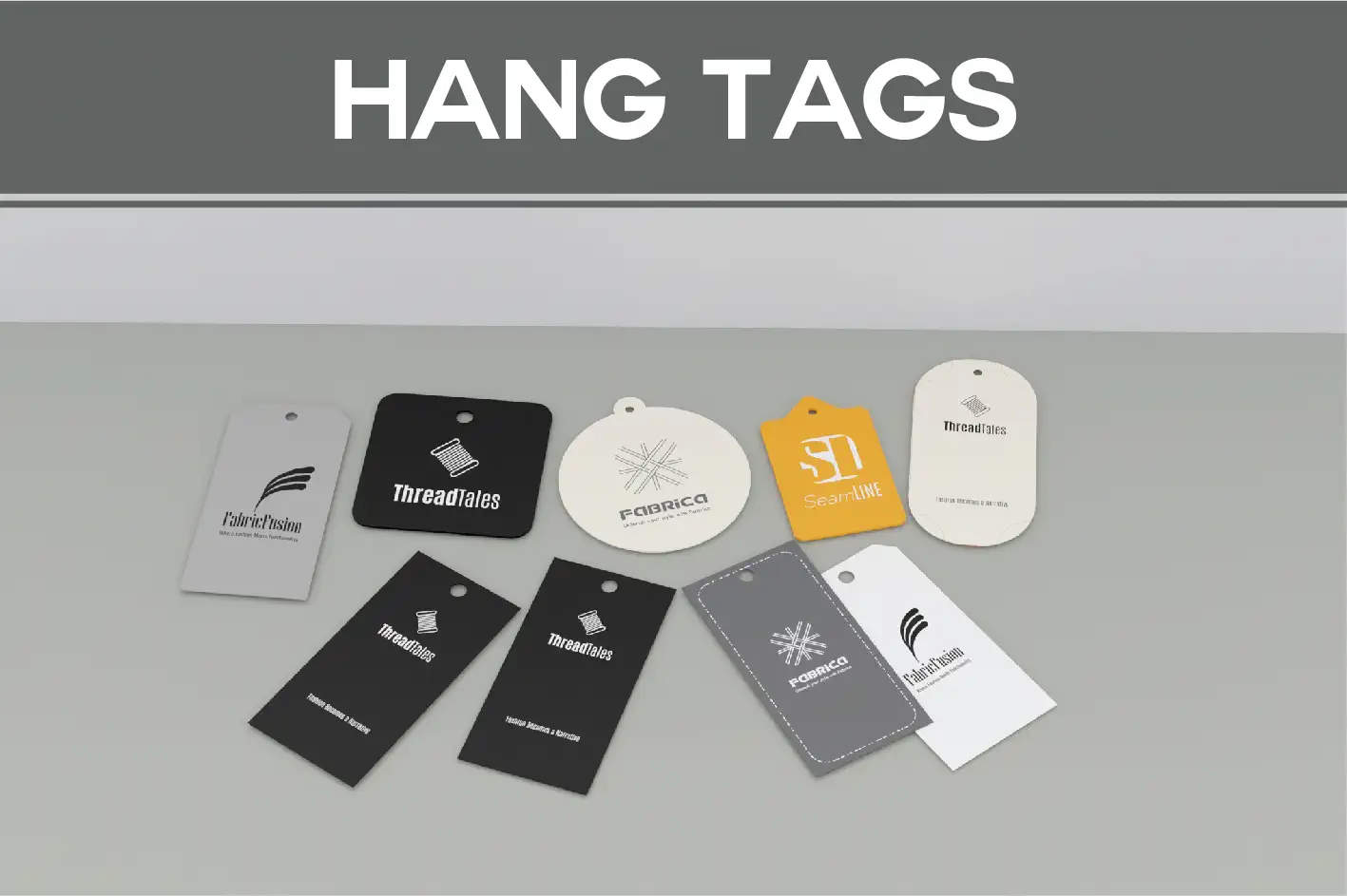The history of ammunition boxes is fascinating, quite rich, and has seen significant developments over time. From its humble beginnings, ammunition packaging has come a long way, with advancements in materials and techniques making the process more efficient. From humble wooden crates to modern composite containers, the evolution of materials and techniques has resulted in more efficient, safer, and environmentally conscious ammunition packaging solutions. This article will provide you with good knowledge about the evolution of ammo box materials and techniques and how they can help you safely package your ammo products. So Let’s start!
- What is Ammunition?
- Ammunition Packaging:
- The Evolution: From Ancient to Modern Ammo Boxes:
- Wrapping Up!
What is Ammunition?
This section is specifically intended for those in the packaging industry who may not have prior knowledge about ammunition as efficiently packaging any product requires understanding the nature of the item being packaged. So we are here to help you. Therefore, it's essential to gain insight into the characteristics and requirements of ammunition to ensure effective packaging. Let's begin by exploring what ammunition actually is!
Note: If you know about ammunition you can skip to the next section!
So basically, Ammunition refers to the complete set of components used in firearms and other projectile weapons to deliver a projectile toward a target. It consists of three main elements:
- Cartridge: The cartridge is a self-contained unit that houses the bullet (the actual projectile), the propellant (gunpowder or other propellant material), and the primer (a small charge that ignites the propellant). The cartridge is loaded into the firearm's chamber for firing.
- Bullet: The bullet is the projectile that is propelled from the firearm's barrel when the ammunition is fired. It is the part of the ammunition that is designed to actually hit the target and cause that damage.
- Primer: The primer is a small, sensitive explosive compound located at the base of the cartridge. When struck by the firearm's firing pin, it ignites the propellant, initiating the firing process.
Ammunition Packaging:
Alright, now let's talk about ammunition packaging a bit, you know, those cool boxes that keep your bullets safe and sound! It's the stuff that surrounds your precious ammo, making sure it stays in tip-top shape until it’s ready to be used. We might not think about it much, but ammo packaging has a rich history of improvements and smart design. In a nutshell, ammunition packaging is all about keeping your bullets safe and protected. From the good ol' wooden crates of the past to the modern sturdy plastic and even eco-friendly cardboard boxes of today, it's come a long way. The materials used in these boxes now are tough, keeping your ammo safe from moisture, bumps, and all the rough handling. So, ammunition packaging is necessary to store all that ammunition efficiently.
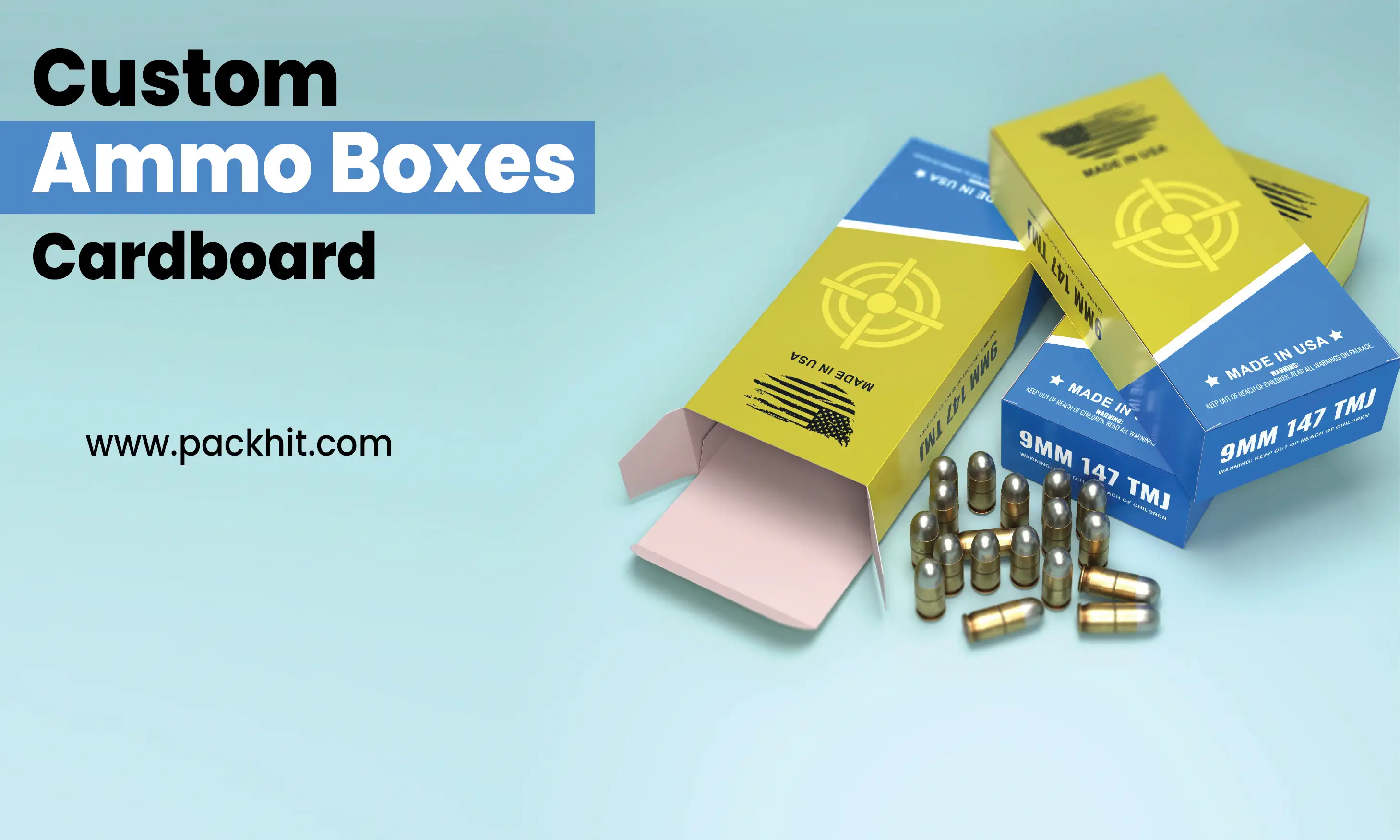
The Evolution: From Ancient to Modern Ammo Boxes:
The history of ammo packaging is quite rich. You’ll be amazed to learn about this fascinating tale of the evolution of ammo boxes. Let’s see!
From Wood to Metal: The Early Days of Ammo Boxes
Back in the day, wooden crates were the primary choice for ammunition storage. They were simple yet functional, but they couldn't withstand the rigors of military campaigns or harsh weather conditions. With the growing demand for more durable and protective packaging, the military shifted to metal ammo boxes.
Metal ammo boxes made their debut during World War II, with a secure and water-resistant solution for transporting ammunition to the frontlines. These boxes became vital tools, ensuring that soldiers had reliable access to properly preserved ammunition when it mattered most.
The Plastic Ammo Boxes: Lightweight, Durable and Portable
Fast Forward to the mid-20th century, a revolution in ammo packaging took place with plastic containers entering the scene. Lightweight, cost-effective, and easy to produce, plastic offered a range of benefits that traditional wooden and metal crates couldn't match. Plastic ammo boxes brought a level of convenience that was unparalleled at the time. They were a game-changer for civilian shooters, making it easier to carry and store ammunition without compromising its quality. Their lightweight nature allowed soldiers to carry more rounds with ease, enhancing their operational effectiveness.
The Green Movement: Cardboard Ones Comes into Play
As environmental consciousness took center stage, the ammunition industry turned its attention to eco-friendly options. Enter the era of cardboard ammo packaging. Recyclable, biodegradable, and surprisingly sturdy, cardboard containers have emerged as a promising alternative. Manufacturers invest in advanced engineering techniques to create corrugated cardboard boxes that meet modern ammunition storage requirements while reducing the environmental impact.
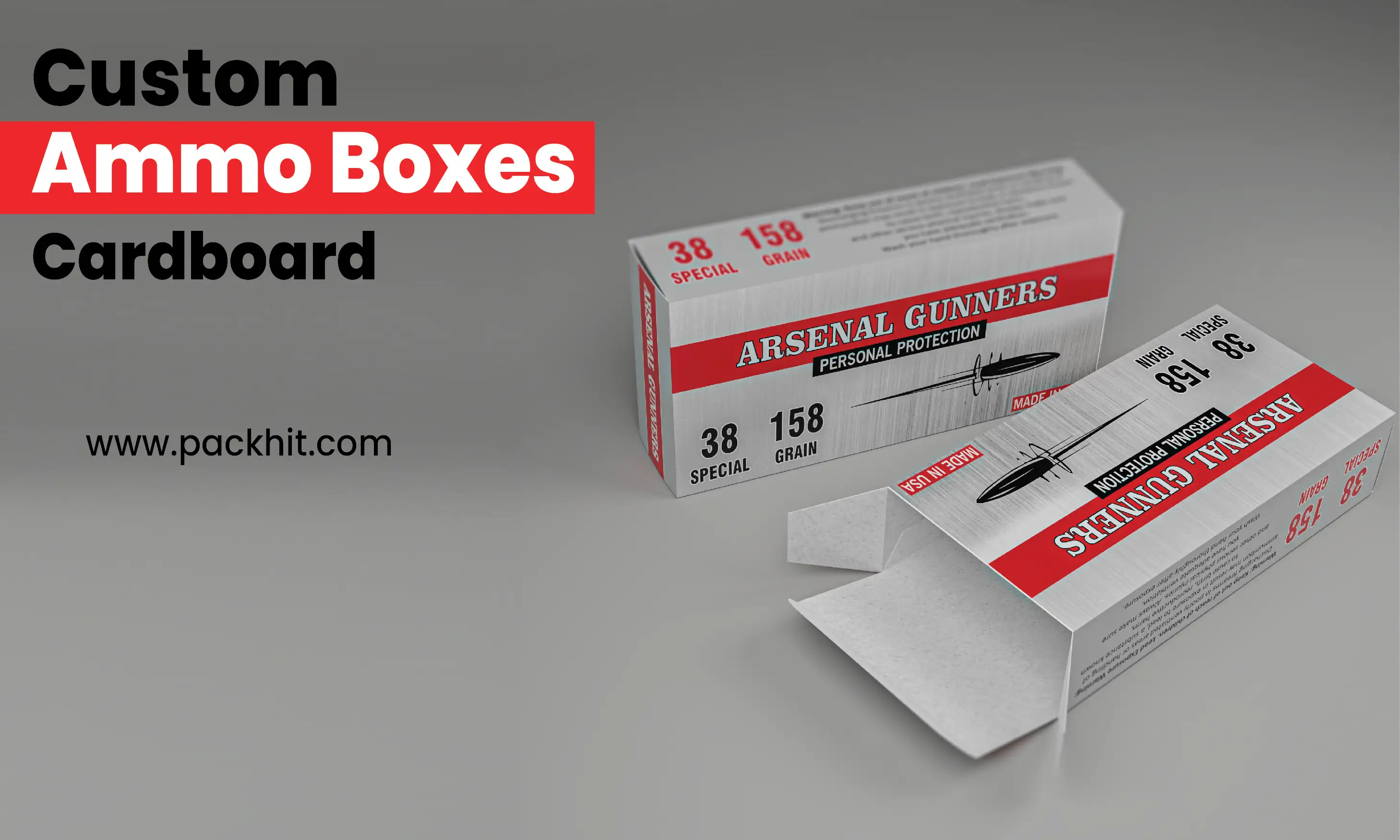
Composite Materials: A Fusion of Strength and Efficiency
With advancements in technology and materials science, the ammunition industry turned its attention to composite materials. These cutting-edge materials blend strength, durability, and lightweight characteristics, making them ideal for high-performance ammo packaging. These materials have opened up new possibilities for designing containers that are both robust and efficient. The ability to tailor material properties to specific ammunition types has significantly improved the safety and performance of ammo packaging.
Advanced Sealing and Locking Mechanisms: Keeping It Airtight and Secure
In recent years, ammunition packaging has seen significant advancements in sealing and locking mechanisms. Airtight seals prevent moisture from permeating the containers, ensuring ammunition remains corrosion-free and reliable over extended periods. Moreover, advanced locking systems offer enhanced security and safety. Military and law enforcement agencies have embraced these advancements to ensure that ammunition remains inaccessible to unauthorized personnel, reducing the risk of accidents and unauthorized use.
Wrapping Up!
As we wrap up this journey through time, we come to appreciate the evolution of ammunition packaging materials and techniques. From wood to metal, plastic to cardboard, and the cutting-edge composites of today, these advancements have ensured that our bullets remain safe, secure, and ready to hit the mark when we need them most. With environmental considerations opening the door for innovation and a commitment to safety and efficiency, ammo packaging continues to evolve, ensuring that shooting experiences remain safe and enjoyable for generations to come. So, the next time you prepare to take aim, remember the unsung hero - ammunition packaging - that makes it all possible!




